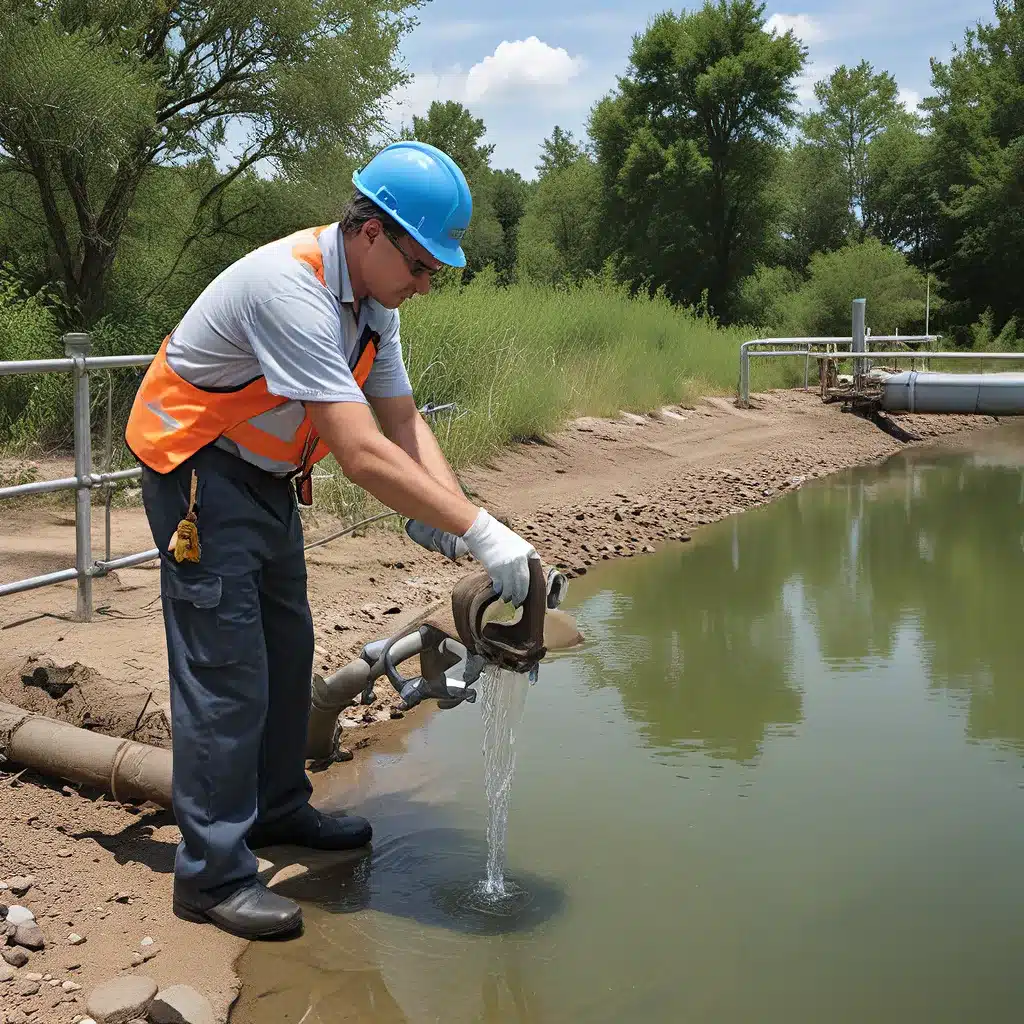
As someone who’s spent a good part of my career navigating the complex world of water treatment and environmental services, I can tell you that it’s not always an easy ride. But you know what they say – where there’s a challenge, there’s an opportunity. And boy, have I seen some innovative approaches that have made a real difference for businesses and communities alike.
Diving into the Regulatory Depths
Let’s start with the basics – the regulations that govern our industry. Now, I know what you’re thinking – regulations can be a real headache, right? But hear me out. The truth is, these regulations are in place to protect our most precious resource: clean, safe water. And let me tell you, the team at the U.S. Environmental Protection Agency (EPA) has been working tirelessly to ensure that the standards are up to snuff.
According to the EPA, they have drinking water regulations for more than 90 contaminants, and they’re constantly on the lookout for new ones. They use a process called the Contaminant Candidate List (CCL) to identify unregulated contaminants that might need attention. And get this – they’re required by law to make a regulatory determination on at least five of those contaminants every five years. Talk about a busy schedule!
Now, you might be wondering, “But how does all of this actually affect me and my business?” Well, my friend, it’s all about compliance. Public water systems have to make sure they’re meeting those regulations, or they could be in hot water (pun intended).
Navigating the Compliance Maze
Okay, so we know the regulations are there for a reason, but how do we actually make sure we’re meeting them? Well, that’s where things can get a little tricky. The EPA sets maximum contaminant levels (MCLs) and maximum contaminant level goals (MCLGs) for the different pollutants they regulate. And get this – the MCLs are the enforceable standards, while the MCLGs are just, well, goals.
According to the EPA, the MCLGs are set based on health effects, but the MCLs are set as close to the MCLGs as feasible, taking cost into consideration. So, you might have a situation where the MCLG is set at zero for a carcinogenic contaminant, but the MCL is set at a level that’s still protective of public health, but a bit more practical for water systems to achieve.
And let’s not forget about the small systems. More than 90% of all public water systems in the U.S. are considered small, serving fewer than 10,000 people. These guys face some unique challenges when it comes to compliance, so the EPA and states have to get a little creative with the tools and technologies they recommend.
Innovative Solutions for Compliance
Now, you might be thinking, “Okay, this all sounds great, but what can I actually do to make sure my business is in compliance?” Well, let me tell you, the water treatment and environmental services industry has been stepping up its game when it comes to innovative solutions.
One area that’s really been making waves is advanced water treatment technologies. Think things like membrane filtration, advanced oxidation processes, and even some pretty nifty nanotechnology. These methods can help remove all sorts of pesky contaminants, from microorganisms to heavy metals, and they’re becoming more and more cost-effective all the time.
And it’s not just about the technology – strategic planning and management are also key. Water systems are getting creative with things like asset management, energy optimization, and even exploring the potential of water reuse and recycling. The goal is to find ways to maximize efficiency, minimize costs, and ultimately, ensure compliance.
But it’s not just about the water side of things – the environmental services industry has also been stepping up its game. Innovative approaches to waste management, soil remediation, and air quality control are all helping businesses and communities stay ahead of the compliance curve.
Partnerships for Progress
One thing I’ve noticed is that a lot of these innovative solutions are coming about through collaboration. Water treatment and environmental services companies are teaming up with research institutions, regulatory agencies, and even each other to tackle the challenges.
For example, Inland Waters Inc., a leading provider of water treatment and environmental services, has been working closely with the EPA and state agencies to pilot new technologies and test the feasibility of emerging approaches. By sharing data, insights, and best practices, they’re able to stay on the cutting edge of compliance.
And it’s not just about technology – these partnerships are also helping to address the financial and managerial challenges that come with compliance. Small water systems, in particular, are benefiting from the expertise and resources that larger players and regulatory bodies can bring to the table.
The Future of Compliance
So, where do we go from here? Well, if you ask me, the future of water treatment and environmental services is looking brighter than ever. With the continued advancement of technology, the strengthening of partnerships, and the unwavering commitment to compliance, I believe we’re poised to tackle even the toughest challenges head-on.
Who knows, maybe one day we’ll look back and laugh at the “good old days” when compliance was a real headache. But for now, let’s keep tapping into those innovative approaches and keep our water and environment as clean and safe as possible.


